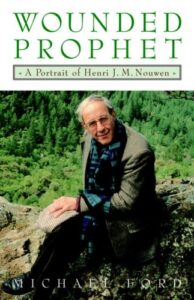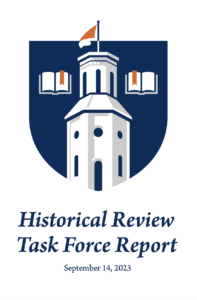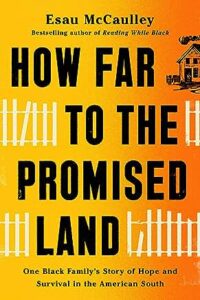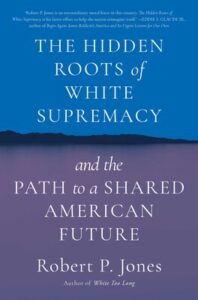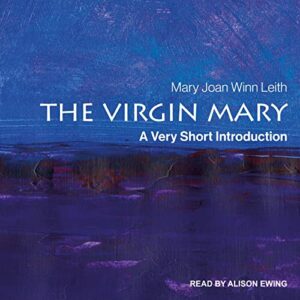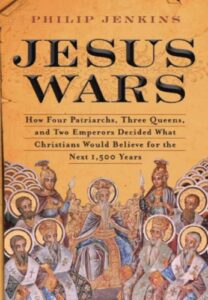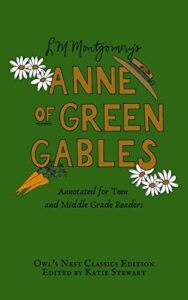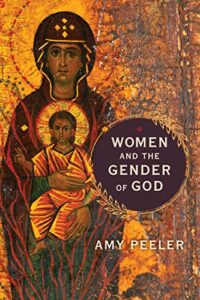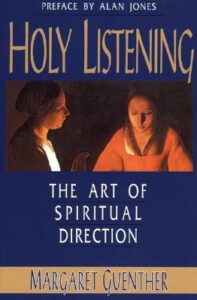 Summary: A modern classic about spiritual direction.
Summary: A modern classic about spiritual direction.
It would not be surprising to anyone who regularly reads my book reviews that I generally have a book in three broad areas going at almost all times: Spiritual direction/spiritual formation, history, and biography/memoir. I try not to have more than one of each category going at a time, but those three categories are about shaping the way I am in the world. I want to pay attention to my spiritual formation. I want to equip myself as a spiritual director. I want to understand how the world was shaped to be as it is now so I can think more clearly about the way forward. And I want to see how others have lived as a means to see how I can live well.
Holy Listening is a book I have had on my shelf for a while, but I have not read it. It is a modern classic on spiritual direction. First published in the early 1990s, when spiritual direction was starting to have a broader resurgence, Guenther wrote particularly as a female pastor and spiritual director in a way that was probably more radical than it feels now. There are many metaphors for spiritual direction that authors have used over time, but Guenther embraces the metaphor of spiritual directors as midwives. That is a particularly feminine metaphor. I think both men and women spiritual directors need various metaphors because any one metaphor breaks down when pressed too far. Guenther is aware that she is oriented toward a feminine metaphor and does defend it a bit, but essentially allows it to stand on its own.
Dr. Rudine Sims Bishop wrote a well-known essay in 1990 about exposing children to diverse books because books can be “windows, mirrors, and sliding glass doors.” (The link is to a 2-minute video of Bishop describing her language.) Students can see themselves (mirror), they can see how others live in ways that they do not (windows), and they can immerse themselves in the experience of others (sliding glass doors). An important part of the essay is that Bishop argues that diverse books are important to white students who (even 30 years after the essay) mostly see themselves (mirrors) in the books that surround them. And that can create a distorting effect on those students, impacting the way that they see the world as normative for them.
